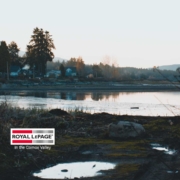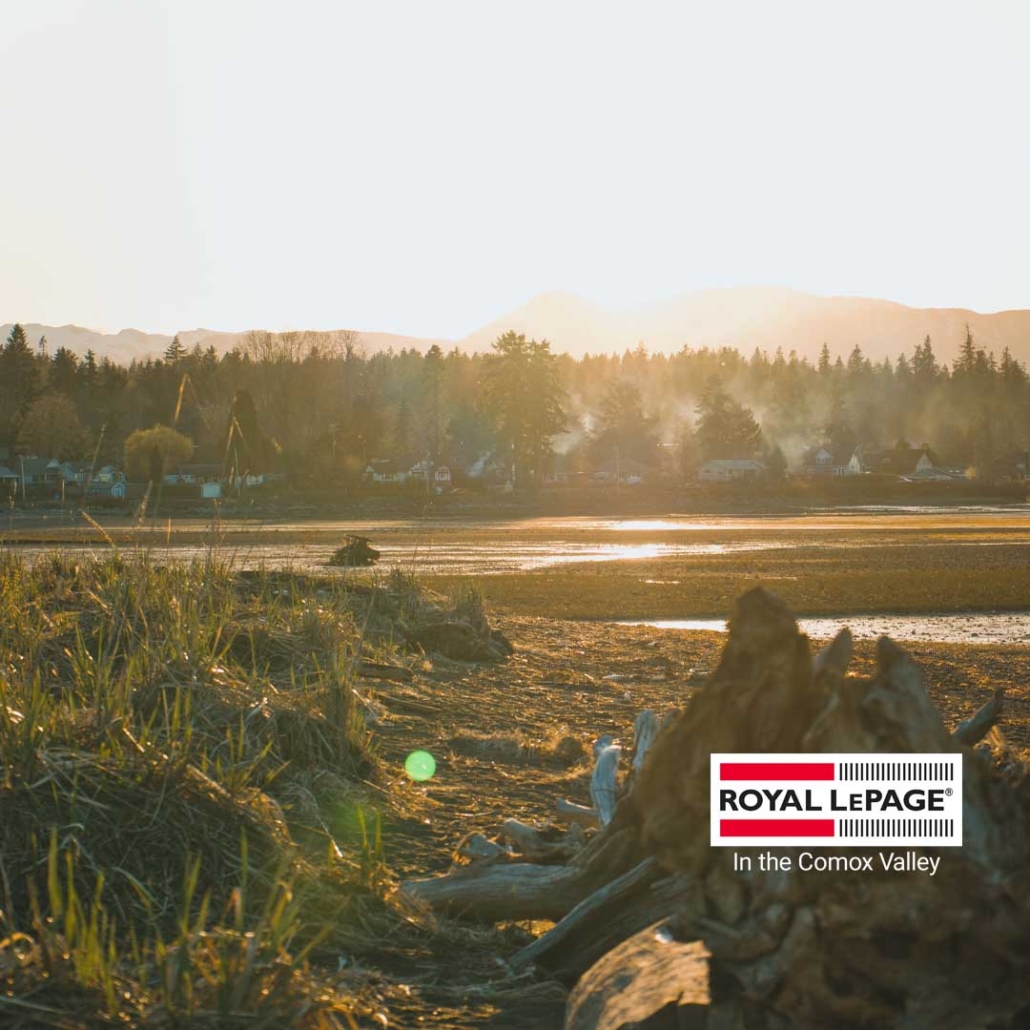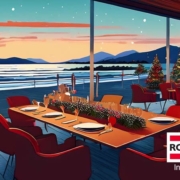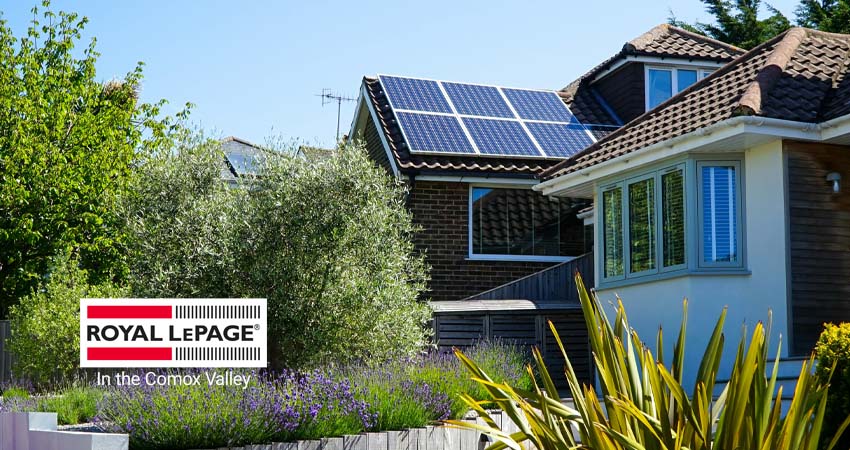Why You’ll Want to Invest in Waterfront Houses for Sale in Comox B.C.
Waterfront property is the investment of all investments. It offers a lifestyle that not many property types can beat. We’re talking relaxation, adventure – the whole nine yards. In the Comox Valley, a home on the ocean offers the perfect lens to take in the PNW landscape. Whether you’re looking at a cabin on the shore or a private waterfront residence, the benefits go far beyond the views. Living by the water improves mental and physical well-being, increases property value, and provides a great backdrop for just about any occasion. With limited waterfront real estate available, it’s a high-demand market worth considering. Here’s why waterfront houses for sale in Comox BC are an investment in your quality of life.
Recreation All Day, Everyday.
Comox Valley’s waterfront homes sit against coastal mountains and of course, the Pacific Ocean. The Pacific Northwest scenery is something to marvel at. Waking up to the sight of the ocean and hearing the waves at night are two things that many homeowners dream of having. This kind of environment is a global rarity, and it’s one of the biggest perks of living here.
Outdoor enthusiasts love waterfront living because it provides direct access to activities like kayaking, paddleboarding, and swimming. The warmer months bring calm waters perfect for boating. If you prefer long walks on the beach, the shoreline goes on forever, so get walking!
Living by the water in the Comox Valley comes with a closeness to nature that just can’t be replicated in bigger coastal cities like Victoria and Vancouver. Seasonal changes bring different experiences, like misty winter mornings and bright summer evenings. Wildlife is also part of the experience, with eagles, seals, and even the occasional whale making appearances. It’s a thriving landscape that keeps life interesting throughout the calendar year.
The Promise of Community, Convenience, and a Healthier Life
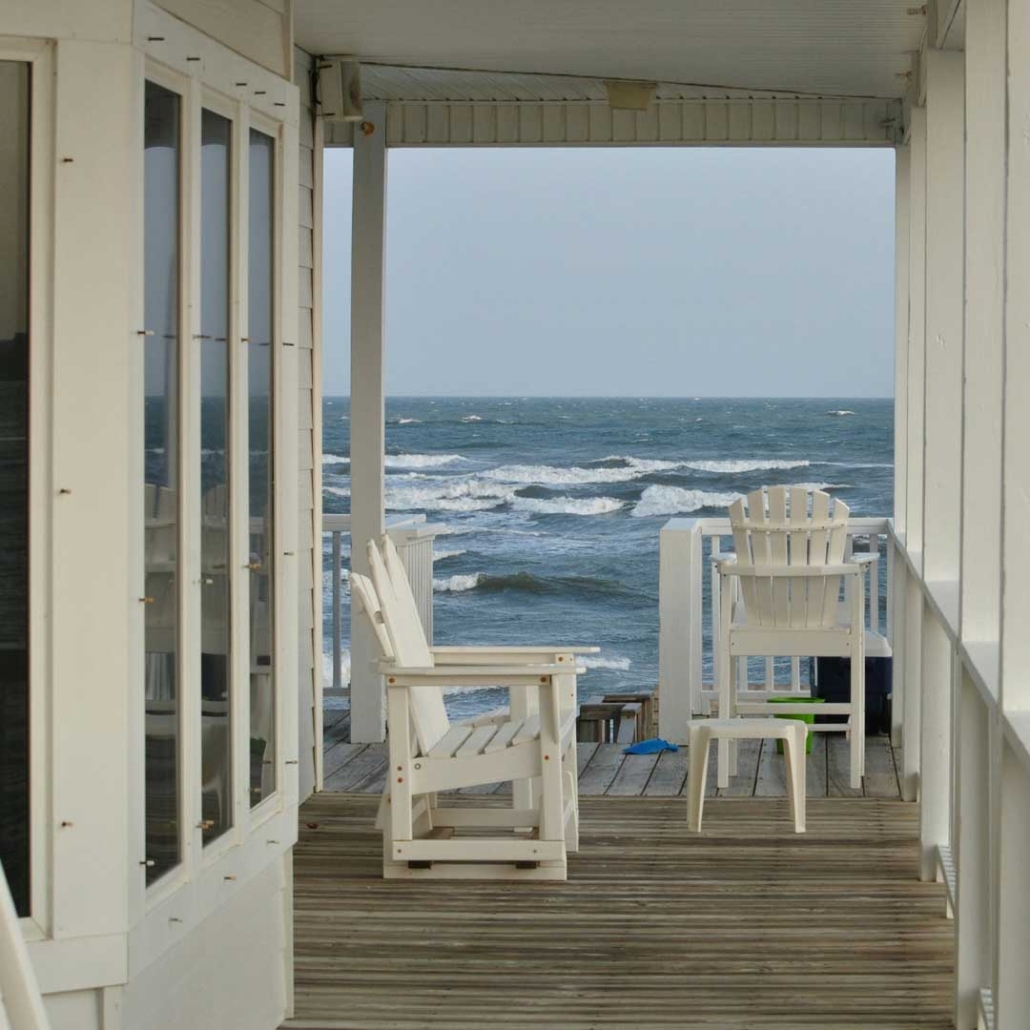
Waterfront communities in Comox Valley are generally quite small. But, being small isn’t necessarily a bad thing. In fact, it just means less noise pollution and a better connection with those around you. Residents here share a love for the Comox Valley environment. Whether it’s chatting with neighbours at the marina, hanging out in the park, or participating in community events, you’ll find that the people here are great! The slower pace of waterfront life makes it easier to unwind and appreciate the simple things.
Beyond community benefits, waterfront homes in Comox Valley are often close to essential amenities. Marinas make boat ownership more convenient, while nearby parks and beaches make it easy for families to gather and catch up. Many waterfront areas also have restaurants that take full advantage of the culinary opportunities that come with being on the ocean.
Living by the water is also proven to be good for your health. Studies show that being near water reduces stress and improves mental clarity. The fresh, salty air is great for respiratory health, and the sound of waves can promote better sleep. Even something as simple as looking at the ocean can have a calming effect. With easy access to the outdoors, staying active becomes second nature. Whether it’s a morning paddle or an evening walk along the shore, waterfront living encourages a healthier lifestyle without much effort.
Waterfront Houses for Sale in Comox B.C. Make Profitable Investments
If nothing else, waterfront property in Comox Valley is a valuable asset. The demand for these homes remains high because there’s only so much shoreline available on Vancouver Island. This limited supply keeps property values strong, making waterfront real estate a smart long-term investment. Whether you’re looking at buying a primary residence or a vacation home, owning a piece of the waterfront can be financially beneficial.
Waterfront homes also offer a sense of security in terms of long-term value. While markets fluctuate, properties in high-demand locations like Comox Valley tend to hold their worth. For buyers looking at new listings in Comox Valley or browsing MLS listings, investing in waterfront real estate could improve your financial stability.
Reach out to us About Houses for Sale in Comox B.C.

If you’ve ever dreamed of living by the water, Comox Valley is the perfect place to make it happen. Life in Comox Valley promises a relaxed and fulfilling lifestyle! Ready to explore waterfront houses for sale in Comox BC? Our team can help you find the perfect place to call home. Contact us today to learn more about available listings and start your search for waterfront living. Be sure to check out our social media for updates and other news items.


